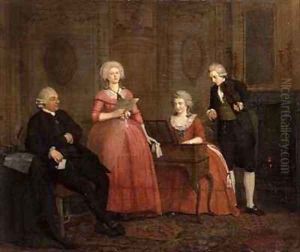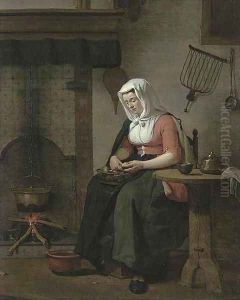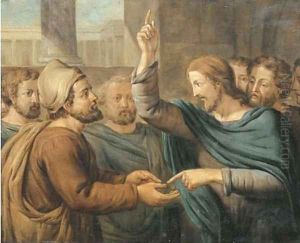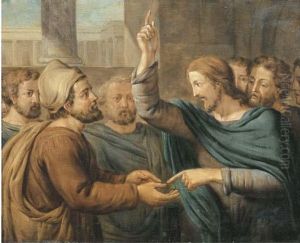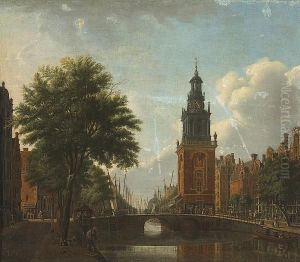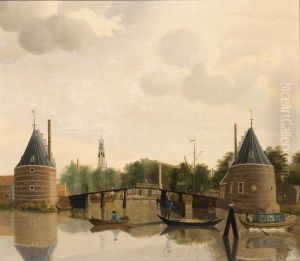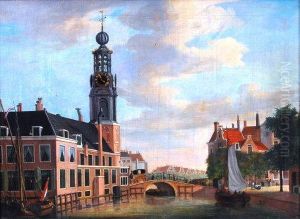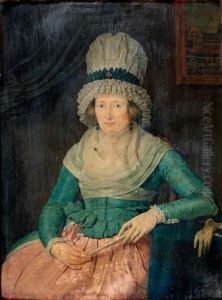Jan the Younger Ekels Paintings
Jan Ekels the Younger was a Dutch painter born in Amsterdam on September 27, 1759, into a family with strong artistic roots. His father, Jan Ekels the Elder, was also a painter, and it is likely that he received his early training from him. Ekels the Younger is best known for his contributions to Dutch genre painting in the late 18th century, particularly his interior scenes and depictions of everyday life that capture the spirit of his era with delicate precision.
Despite the relatively brief period of his artistic activity due to his early death at the age of 34, Ekels the Younger left behind a body of work that continues to be appreciated for its quality and historical value. His paintings are characterized by their fine detail, use of light, and the psychological insight into his subjects. Ekels' work is often compared with that of other Dutch genre painters of the time, such as Gabriel Metsu and Pieter de Hooch, and he is considered part of the Dutch realist tradition that includes Rembrandt and Vermeer.
Ekels the Younger's career unfolded during a period of economic decline in the Netherlands, known as the Patriottentijd or Patriot Period. This was a time when the Dutch Republic was facing political and social challenges, and there was a growing interest in the moralizing themes depicted in genre paintings. Ekels' paintings often reflect the intimate and contemplative aspects of life, rather than grand historical or mythological narratives.
Unfortunately, Jan Ekels the Younger's life was cut short when he died on December 9, 1793, in Amsterdam. Despite his early death, his artworks continue to be studied and admired for their contribution to the Dutch painting tradition. His works can be found in various museums and collections, where they serve as a testament to the skill and sensibilities of this talented Dutch artist.
